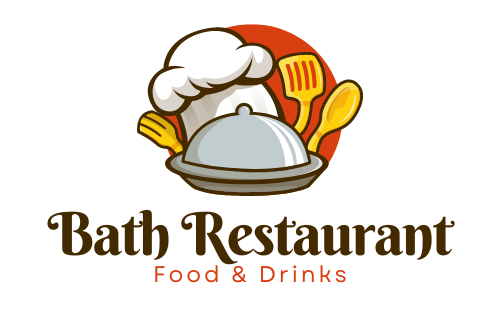The Impact of Seasonal Menu Rotation on Customer Engagement
Seasonal menu specials play a crucial role in attracting and retaining customers in the food and beverage industry. The impact of seasonal menu rotation on customer engagement cannot be overstated. By offering limited-time seasonal dishes, restaurants and bars create a sense of urgency and exclusivity, enticing customers to visit and try the new offerings. This strategy not only drives foot traffic but also sparks interest and excitement among patrons.
Moreover, seasonal menu specials provide an opportunity for establishments to showcase their creativity and innovation. Customers are often drawn to unique and novel food and drink options, and the seasonal menu allows for experimentation with flavors, ingredients, and presentation. This culinary adventure captivates customers and encourages them to share their experiences, thus generating word-of-mouth marketing and social media buzz.
Furthermore, the seasonal menu rotation demonstrates a commitment to quality and freshness. By aligning with seasonal produce and ingredients, establishments signal to customers that they prioritize flavor and sustainability. This transparency and dedication to using the best available ingredients enhance the overall dining experience and foster trust and loyalty among patrons.
In conclusion, the impact of seasonal menu rotation on customer engagement is multifaceted. It drives excitement, encourages creativity, and showcases a commitment to quality. By leveraging the power of seasonal menu specials, food and beverage businesses can effectively attract, engage, and retain customers, ultimately contributing to their overall success.
Strategies for Identifying and Capitalizing on Successful Seasonal Menu Specials
Seasonal menu specials can be a powerful tool for attracting customers and boosting sales in the restaurant industry. However, in order to capitalize on the success of seasonal menu specials, it is crucial for restaurant owners and managers to implement effective strategies for identifying and leveraging the most successful offerings.
One effective strategy for analyzing the success of seasonal menu specials is to track sales data and customer feedback. By closely monitoring which items from the seasonal menu are selling well and receiving positive feedback from patrons, restaurant owners can gain valuable insights into which dishes and promotions are resonating with their target audience.
Furthermore, leveraging customer engagement through social media and online reviews can provide additional indicators of the success of seasonal menu specials. Encouraging customers to share their experiences with seasonal offerings on platforms such as Instagram, Facebook, and Yelp can amplify the reach of successful specials and generate valuable word-of-mouth marketing.
Moreover, conducting post-season evaluations and debriefs with the culinary and marketing teams can provide an opportunity to gather qualitative insights into the success of seasonal menu specials. Assessing factors such as production costs, ingredient availability, and customer demand can inform future menu planning and optimization of seasonal specials.
In essence, by implementing these strategies for identifying and capitalizing on successful seasonal menu specials, restaurants can maximize the impact of their seasonal offerings and drive increased revenue and customer loyalty.
Measuring the Financial Performance of Seasonal Menu Offerings
Measuring the financial performance of seasonal menu offerings is a crucial aspect of analyzing the success of these special items. Restaurant owners and managers need to carefully evaluate the impact of seasonal dishes on overall profitability. One key metric for assessing financial performance is the contribution margin, which helps determine the profitability of individual menu items. By calculating the contribution margin of seasonal specials, food establishments can gain insights into the direct financial benefits these offerings bring.
Understanding the cost of goods sold (COGS) for seasonal menu items is fundamental in evaluating their financial performance. This involves analyzing the expenses incurred in the production of the dishes and comparing them to the revenue generated. Additionally, examining the trends in sales and expenses related to seasonal offerings over time provides valuable data for making informed decisions about their continued inclusion on the menu.
Moreover, conducting a thorough analysis of customer purchase behavior in relation to seasonal specials can offer significant financial insights. By tracking sales data, such as the average check size when seasonal items are included, and identifying any correlation with overall sales volume, restaurant operators can gauge the true impact of these offerings on the bottom line.
Ultimately, by actively measuring the financial performance of seasonal menu specials, restaurant owners can make informed decisions about which items to keep, modify, or remove. This data-driven approach ensures that seasonal offerings not only cater to customer preferences but also contribute positively to the financial success of the establishment.




